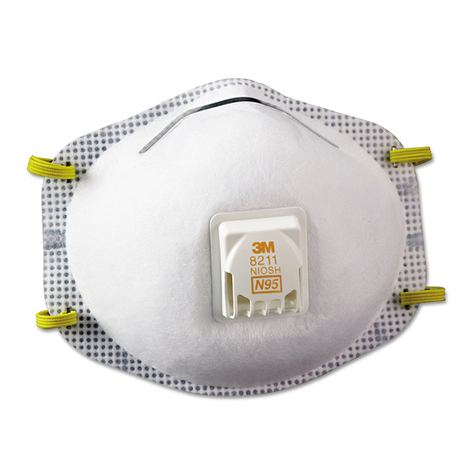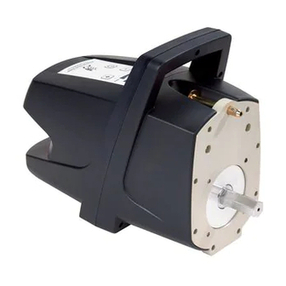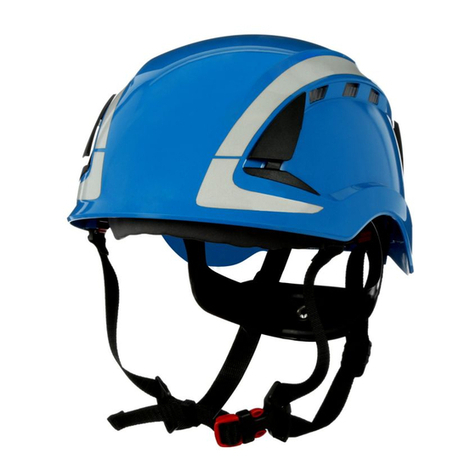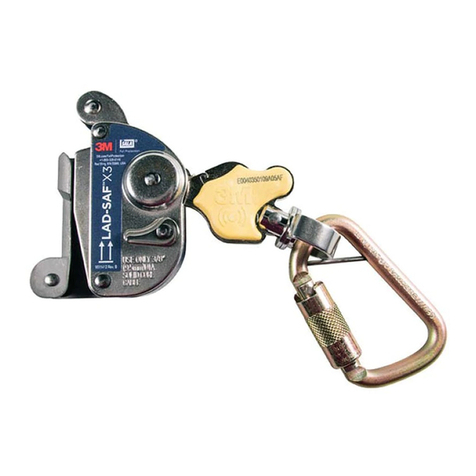3M Nano-Lok Edge Series User manual
Other 3M Security Sensor manuals
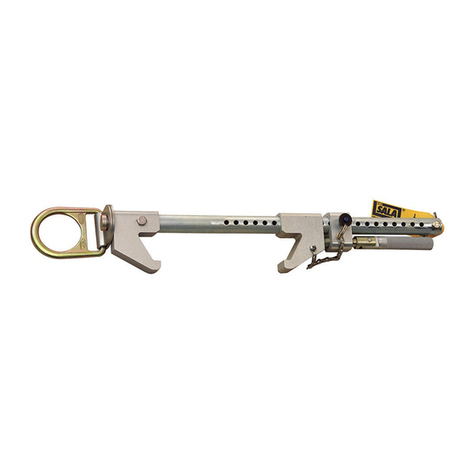
3M
3M DBI SALA 2108406 Operator's manual

3M
3M 740 Guide

3M
3M 8516 User manual
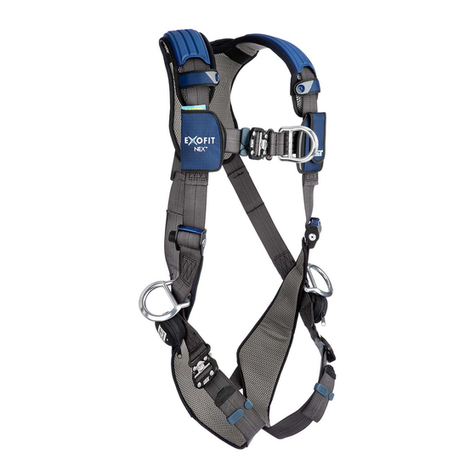
3M
3M DBI Sala EXOFIT XP Operator's manual
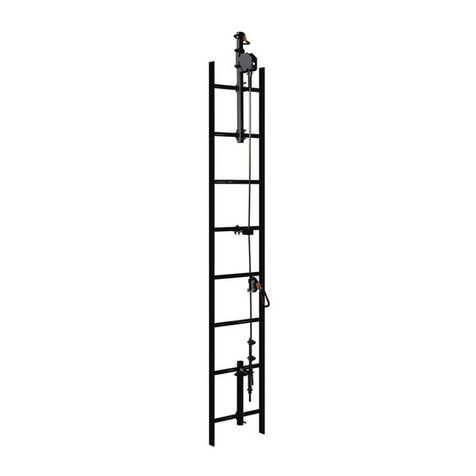
3M
3M DBI-SALA LAD-SAF User manual
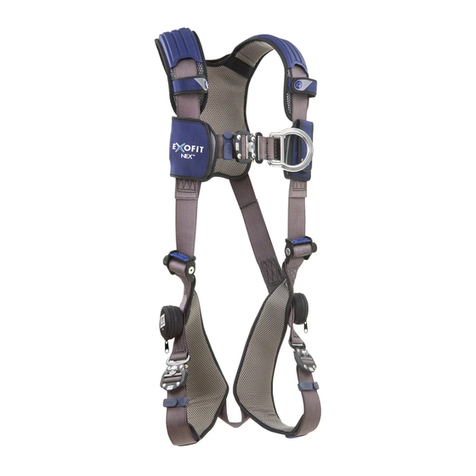
3M
3M DBI-SALA ExoFit NEX Operation and maintenance manual
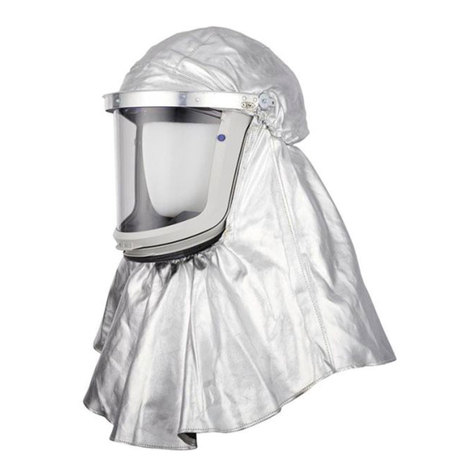
3M
3M Versaflo M-973 User manual
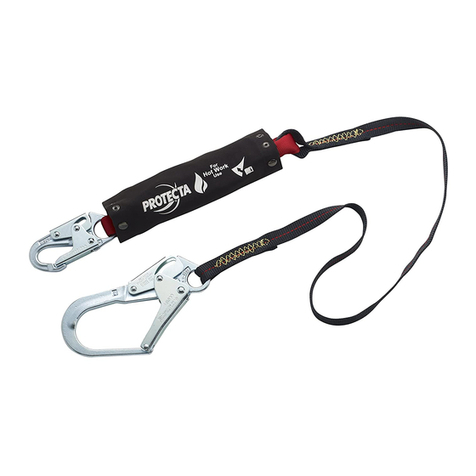
3M
3M DBI SALA Pro Series User manual
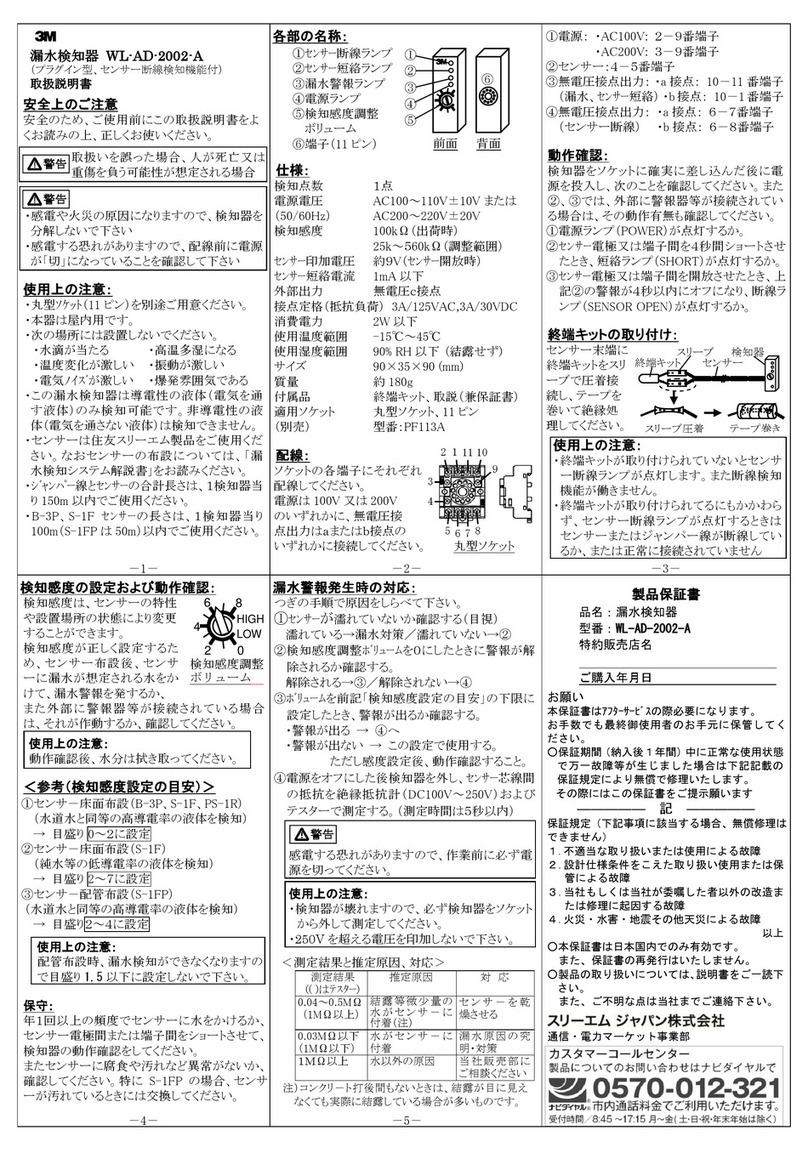
3M
3M WL-AD-2002-A User manual
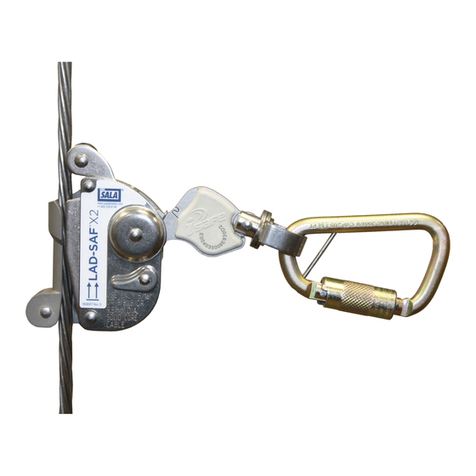
3M
3M LAD-SAF User manual
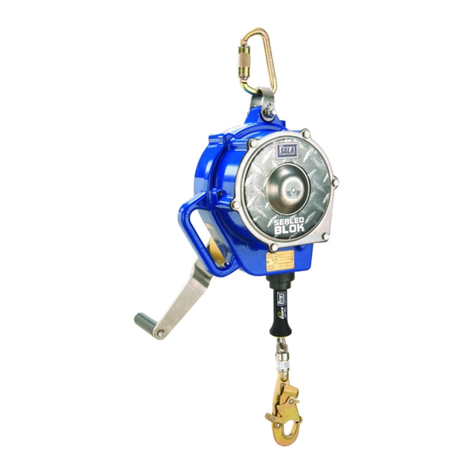
3M
3M SEALED-BLOK Series User manual
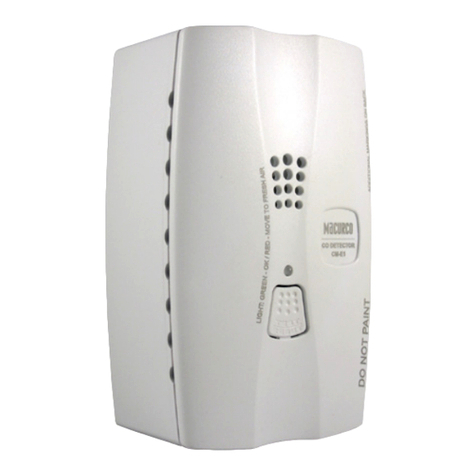
3M
3M Macurco CM-E1 User manual
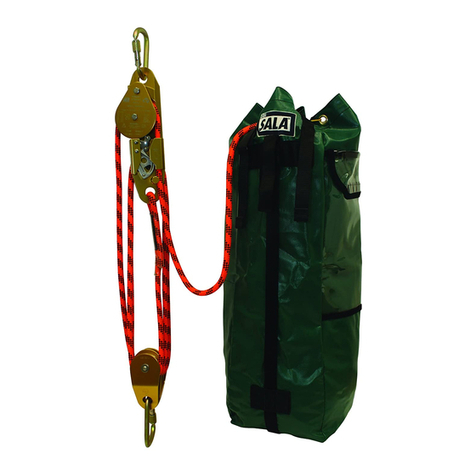
3M
3M DBI SALA 8705 Series Installation instructions
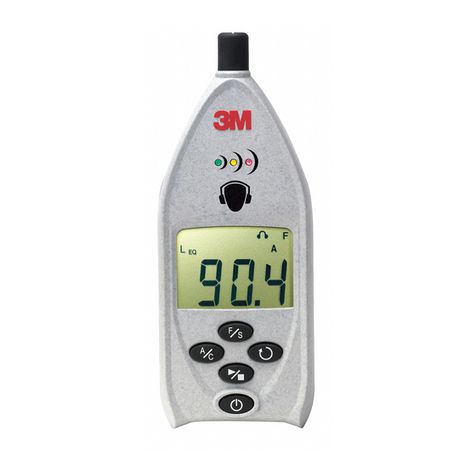
3M
3M SD-200 User manual
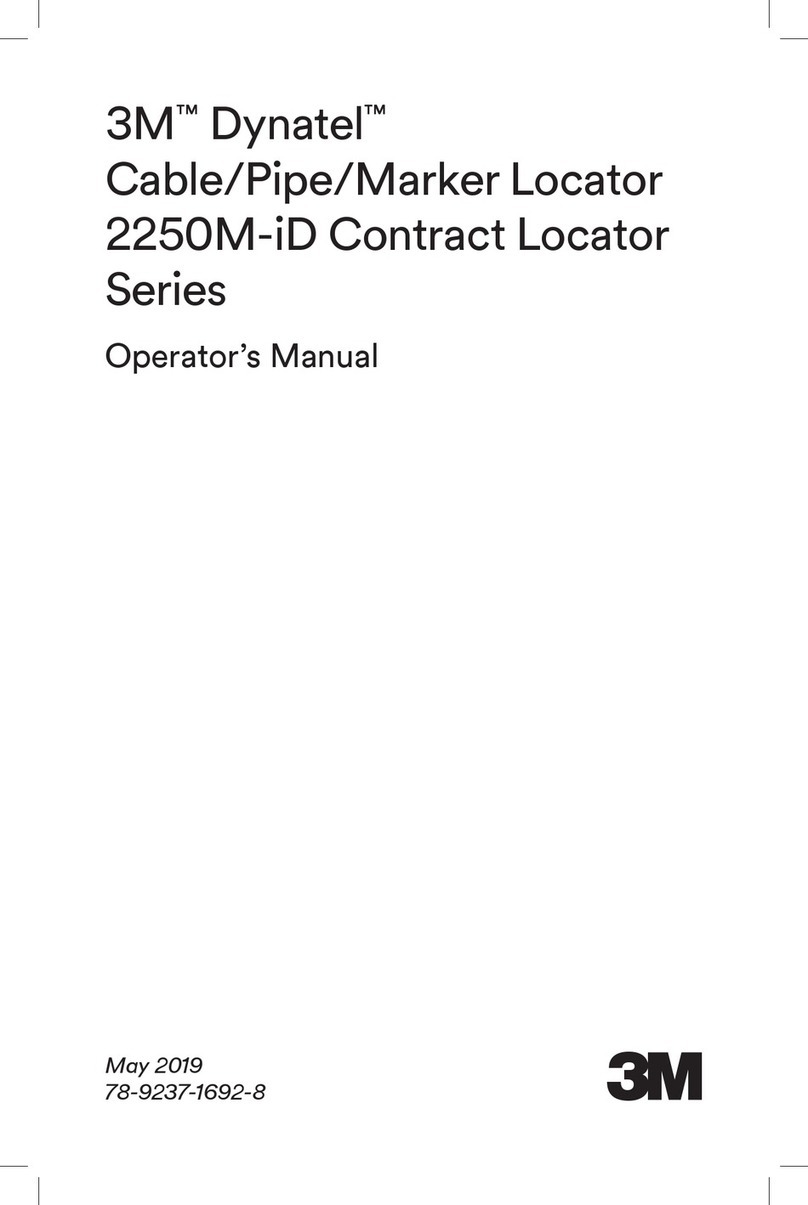
3M
3M Dynatel 2273M-iD Series User manual
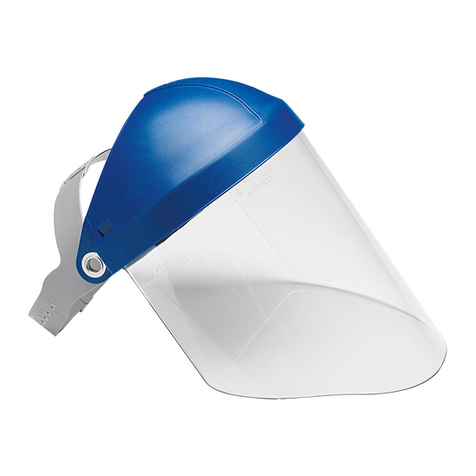
3M
3M Faceshields User manual
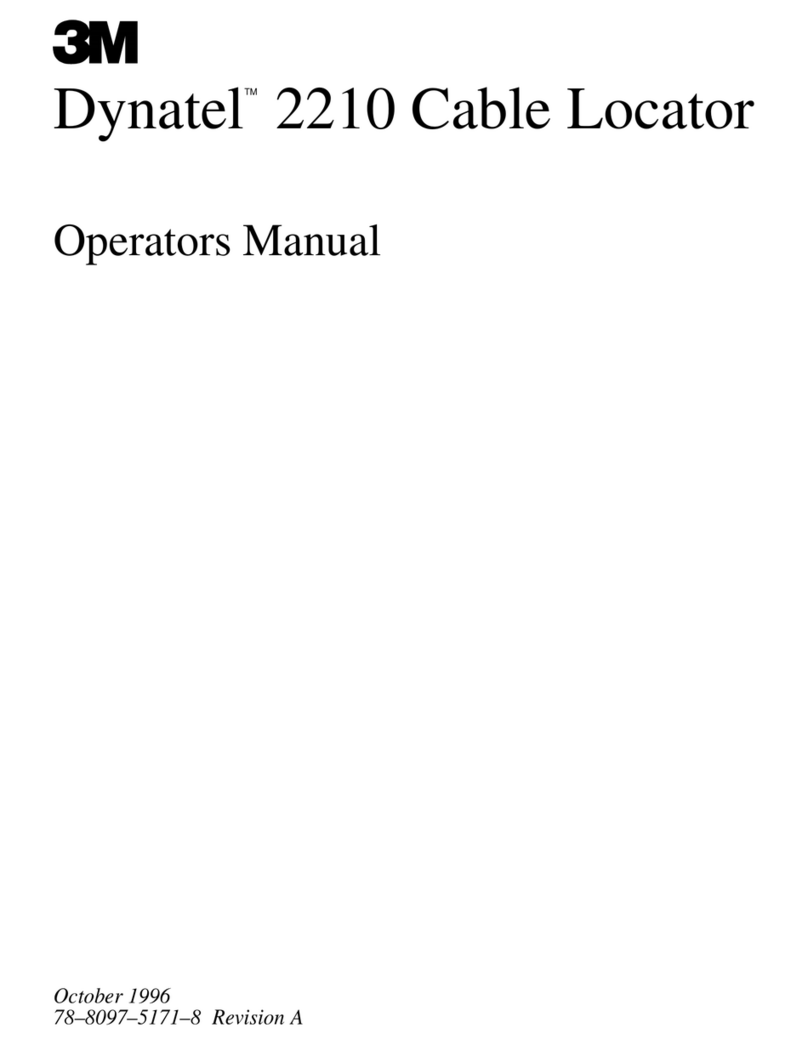
3M
3M Dynatel 2210 User manual

3M
3M Dynatel 500 User manual
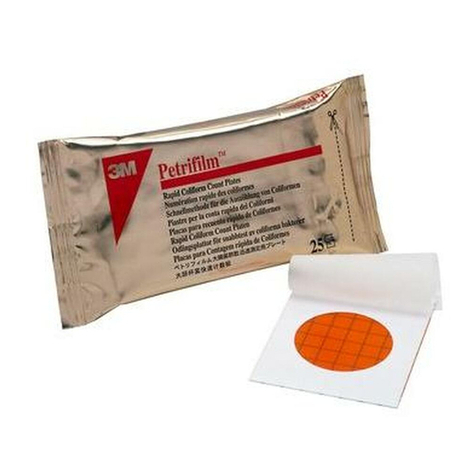
3M
3M Petrifilm 6402 Instruction sheet
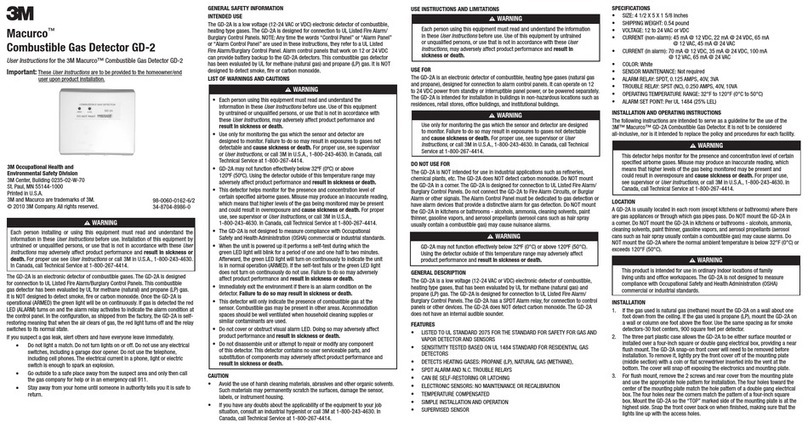
3M
3M MACURCO GD-2 User manual
